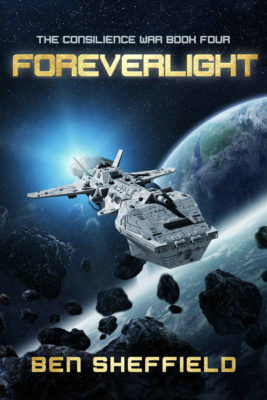“This comment section is the high-achieving son of Silver Blaze. It’s not as long, but it’s attracting equally crazy people. Hopefully we’ll get some more Nazis showing up, there’s been disappointingly few this time around.
The argument I keep hearing is that we can fix humanity’s problem du jour…by breeding our way out of it.
Essentially, that the Arab world could get back on track by banning cousin marriage, or importing European/Chinese women. That we could make Western women have children again by axing the welfare state (or whatever the argument is. Coherency is a good thing, guys. Clarity of thought, too). I see this idea everywhere on this blog. “Breeding got us into this mess, and breeding will get us out!”
But selection is very slow.
A eugenic solution would take decades or hundreds of years (if it works). Evolution is faster than Gould believed, but it’s absolutely NOT a solution to any short term geopolitical or demographic issue. You might as well propose a solution to the PNG/Indonesia border dispute that relies on continental drift. I don’t plan on living that long. Do you?
Furthermore, where are the examples of planned, controlled eugenics actually working? What cultures in human history have consciously said “hey, we’re selecting ourselves for something bad, let’s turn this around and select for something good…” and succeeded?
Yes, we’ve accidentally selected ourselves for various things. But every attempt I’ve seen to “put chlorine in the gene pool” (as a friend says) has turned into a horrifying clownfuck of a disaster. Egypt’s dynasties wed brother to sister to preserve the royal bloodline – they got King Tut. The Habsburgs let recessive alleles pile up until they looked like Halloween masks. In 1934, Germany’s schizophrenia rate was 2.0 per 1000. The Nazis came to power and sterilized and/or killed nearly every schizophrenic in the country. Forty years later, Germany’s schizophrenia rate was re-tested. 1.5. D’oh!.
I’m able to take a lesson: we are not good at doing this.
A third fly in the ointment: do we really have much time left? I’m not some hardcore lesswrongfag who thinks the Singularity’s five minutes away, but the 10,000 year explosion never stopped happening, and soon accelerating technology (CRSPR/Cas, etc) might make the process of breeding obsolete. There’s no reason to rely on traditional methods for creating smart people. Greg has some ideas here. Or perhaps you want to get on Stephen Hsu’s crazy train. What’s the point of shuffling around recombinant DNA in the hopes lucking into a few IQ points when we could isolate all the variants involved in higher IQ, and then stack the deck? Are we really sure this won’t happen in the next hundred years or so (a paltry 3-4 generations away?)
We spend lots of time kicking around nurturists. Ironically, this might be an area where they have us by the balls. If you want to fix any kind of short term disaster hanging over our heads, it HAS to be through environmental measures. Selection just doesn’t work fast enough.
What if no environmental measures are possible? What if we’re just screwed?
Well, has anyone seen Star Trek: TNG, specifically “The Lower Decks”? Worf challenges Sito Jaxa to pass an ancient Klingon test. He blindfolds her, and they spar. She gropes in the dark, while he pummels her defenseless body. It’s hopeless. How can you fight a person you can’t see?
Eventually, Sito gets frustrated, pulls off the blindfold, and refuses to fight any more. Worf tells her she’s passed the test.”
No Comments »


